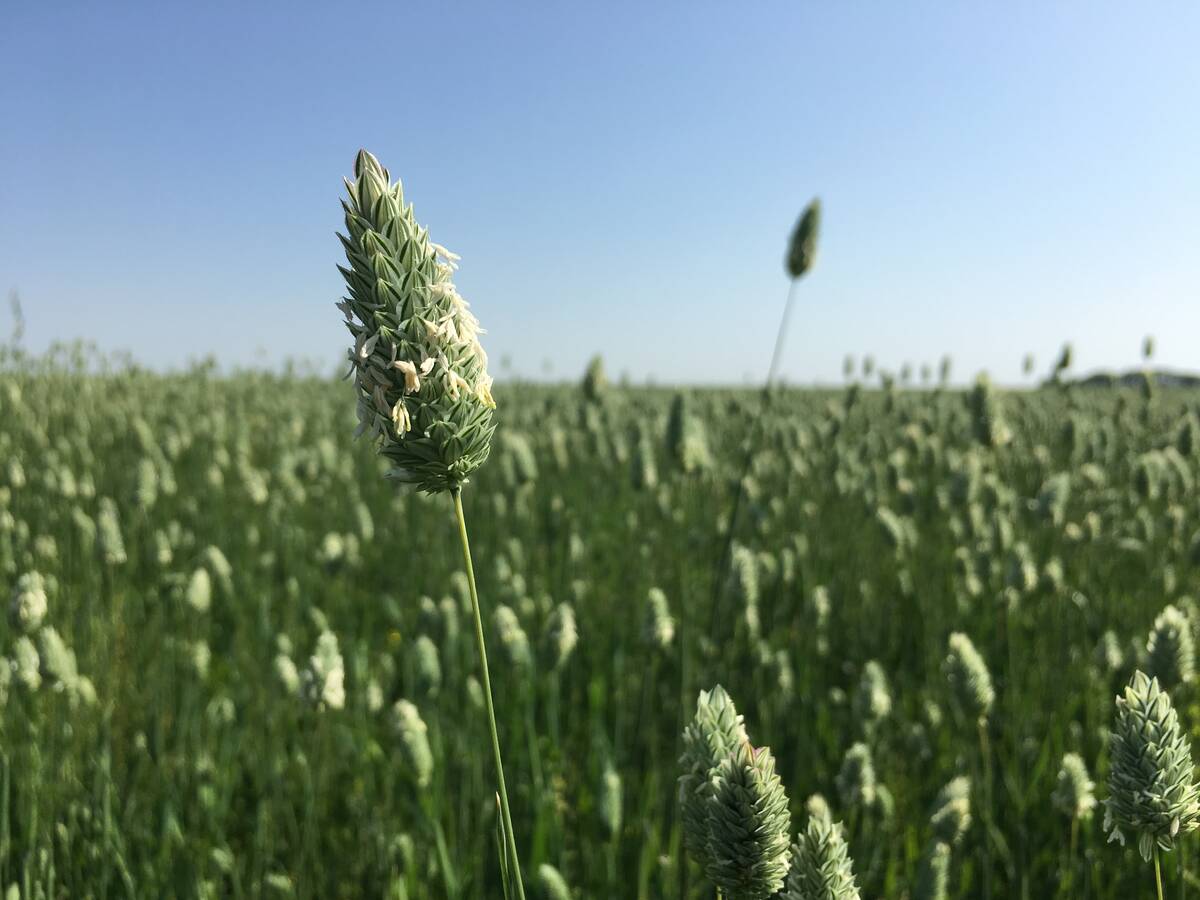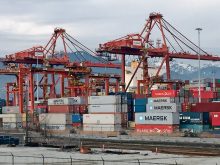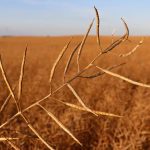The Canadian dollar is in record territory with little prospect of significant weakening soon.
The loonie’s rise is attributed to the strength of the Canadian economy and the U.S. dollar’s depreciation caused by worries about the American economy, the credit crunch and its large current accounts deficit.
Canada’s economy is buzzing as the booming resource sector more than makes up for the damage the strong currency is doing to the manufacturing sector.
As a net oil exporter, Canada benefits from oil prices that are closing in on $100 US per barrel. Soaring prices for gold and other metals also help the currency.
Read Also

No special crop fireworks expected
farmers should not expect fireworks in the special crops market due to ample supplies.
The loonie has gained about 21 cents, or 25 percent, since the beginning of the year. On Nov. 5 as this column was written, the loonie had reached a record $1.07 US.
Other currencies are also appreciating against the U.S. buck, but not as much as the loonie.
The Euro is up 10 percent on the year, the Australian dollar is up 17 percent and the Brazilian real is up 23 percent.
Adding to the momentum is the divergence of central bank policy. The U.S. Federal Reserve has dropped interest rates to try to spark the economy, while most other national banks have maintained or increased interest rates.
Most Canadian bank economists see the loonie retaining its premium over the U.S. dollar for at least the first six months of 2008 and Scotia bank expects the premium to extend through to 2009.
A strong loonie reduces the Canadian farmgate return on export products valued in U.S. dollars.
High grain prices have muted the currency’s effect on crop farmers, but the livestock sector has not been so lucky.
The high dollar is punishing the livestock sector, already suffering from a surplus of red meat on the market, high feed costs, and in the meat packer sector, labour shortages.
Reports are increasing of cattle and hog producers reducing production. Canadian livestock producers will likely suffer the brunt of the North American production decrease needed to refloat prices.
The flip side of the currency story is that slowly – too slowly – the cost of buying new technology will fall. Farmers must take the opportunity to spend wisely to become more efficient and cut costs.
Even crop farmers must consider the daunting prospect of oil prices that continue to rise, maintaining support for the loonie, but grain prices falling as production increases.
There are lots of areas to explore for efficiency gains, but nutrient management might offer one of the best opportunities.
Statistics Canada figures for 1998-2002 show that when comparing farms of roughly the same gross revenue ($100,000 to $250,000), the top 20 percent of producers always had net positive cash income and the bottom 20 percent always had negative cash income (not counting government support.)
The top 20 percent spent less on inputs, particularly fertilizer. The group spent less than $15,000 on fertilizer annually, while the bottom 20 percent spent more than $30,000.
Unfortunately the data does not provide more explanation of what was happening on these farms, but it seems that the top farms were getting much more bang from their fertilizer buck.
Soil test labs estimate that farms that don’t soil test typically waste $3 to $12 per acre on nutrients.














